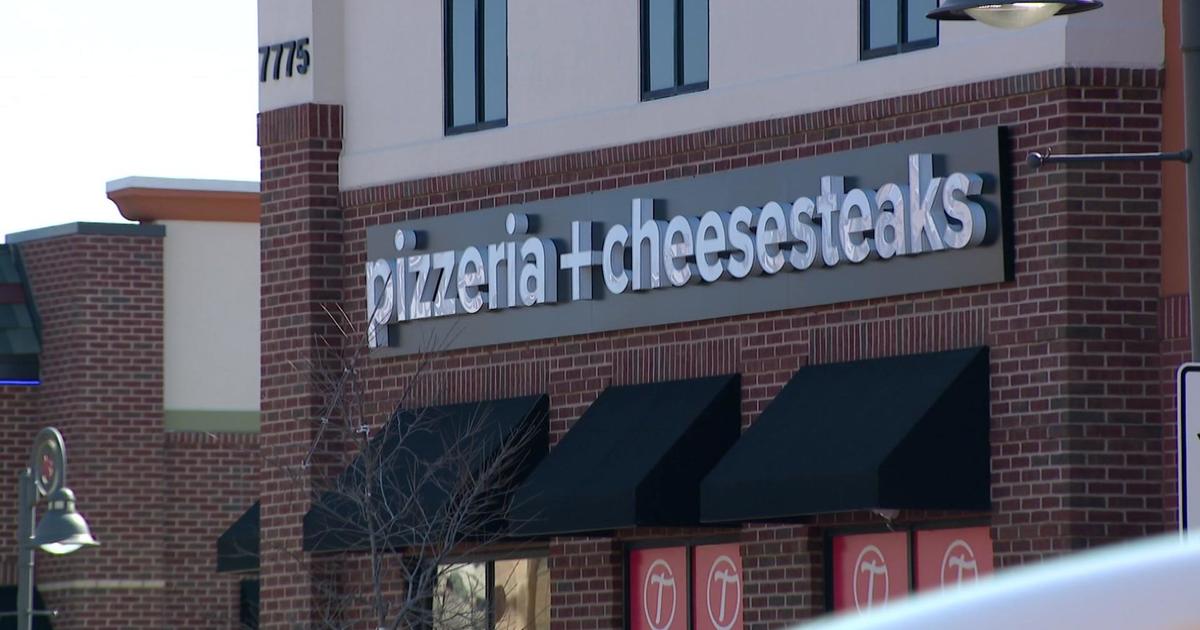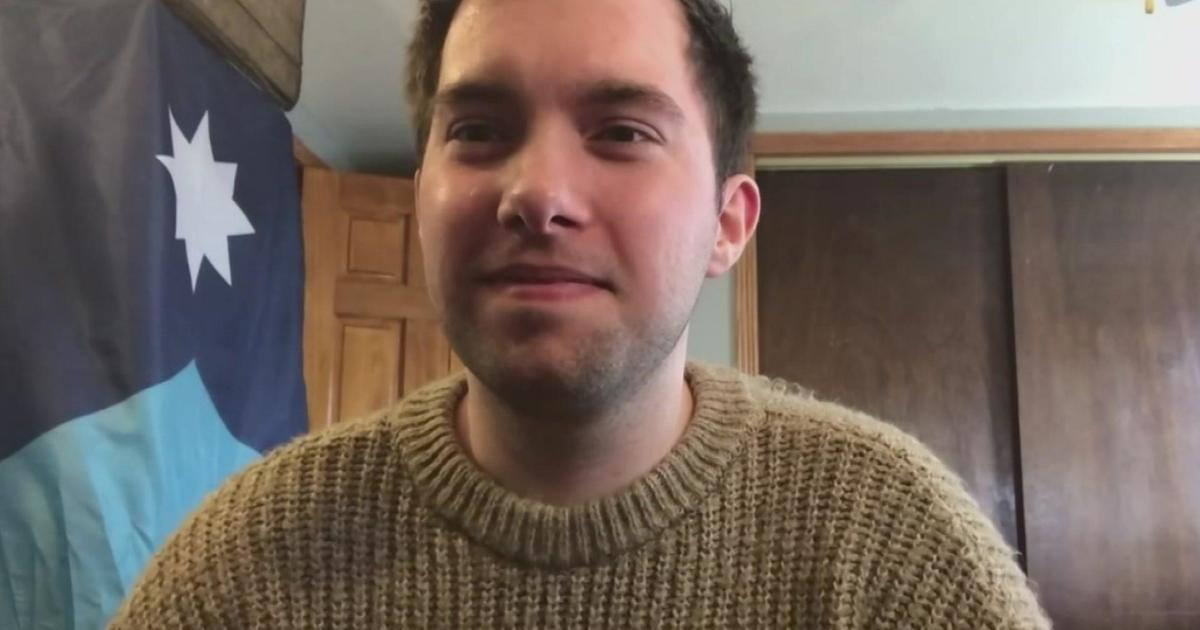Why Isn't Flooding Covered By Regular Homeowners' Insurance?
MINNEAPOLIS (WCCO) -- The numbers are staggering.
Hurricane Harvey could drop 20 trillion gallons of rain on Texas before it's through.
According to the New York Times, that's the equivalent of Horseshoe Falls -- the biggest waterfall at Niagara Falls -- pouring over Texas for nine months.
Eighty percent of the homeowners affected by Hurricane Harvey don't have flood insurance.
Flooding isn't covered by your regular homeowners' policy, as many people have learned the hard way over the years.
About half of the homes in the Houston area are at high or moderate risk for flooding, but they are not identified by FEMA to be in a flood plain.
"The myth is that you can't buy flood insurance unless you live in a flood plain. Completely false," said Mark Kulda with the Insurance Federation of Minnesota. "The only requirement to be able to buy flood insurance is that your community has to participate in the flood insurance program."
He's talking about the National Flood Insurance Program. It's run by the government and it's the only way homeowners can get flood insurance.
Kulda says the reason that flooding covered under homeowners insurance goes back several decades.
According to FEMA, private insurers stopped offering flood insurance back in 1929 after a particularly-devastating Mississippi River flood.
After that, the government paid for post-flood disaster relief.
"Back in the 1960s, congress decided they would nationalize the flood insurance program and help spread those losses to the entire country rather than just the policy holders of any one individual company," Kulda said.
Flood insurance isn't required for people who live in officially-designated floodplains, but you can't get a federally-backed mortgage in that area without it.
The annual cost can be high for people who live in floodplains, and a few hundred dollars a year for people who don't.
And ever since a series of 2005 hurricanes, those premiums don't cover nearly what has been paid out by the National Flood Insurance Program -- which is nearly $23 billion in debt.
Without flood insurance, people have relied on donations, FEMA grants or Small Business Administration loans.
But that's often not enough to cover the extent of their losses.




